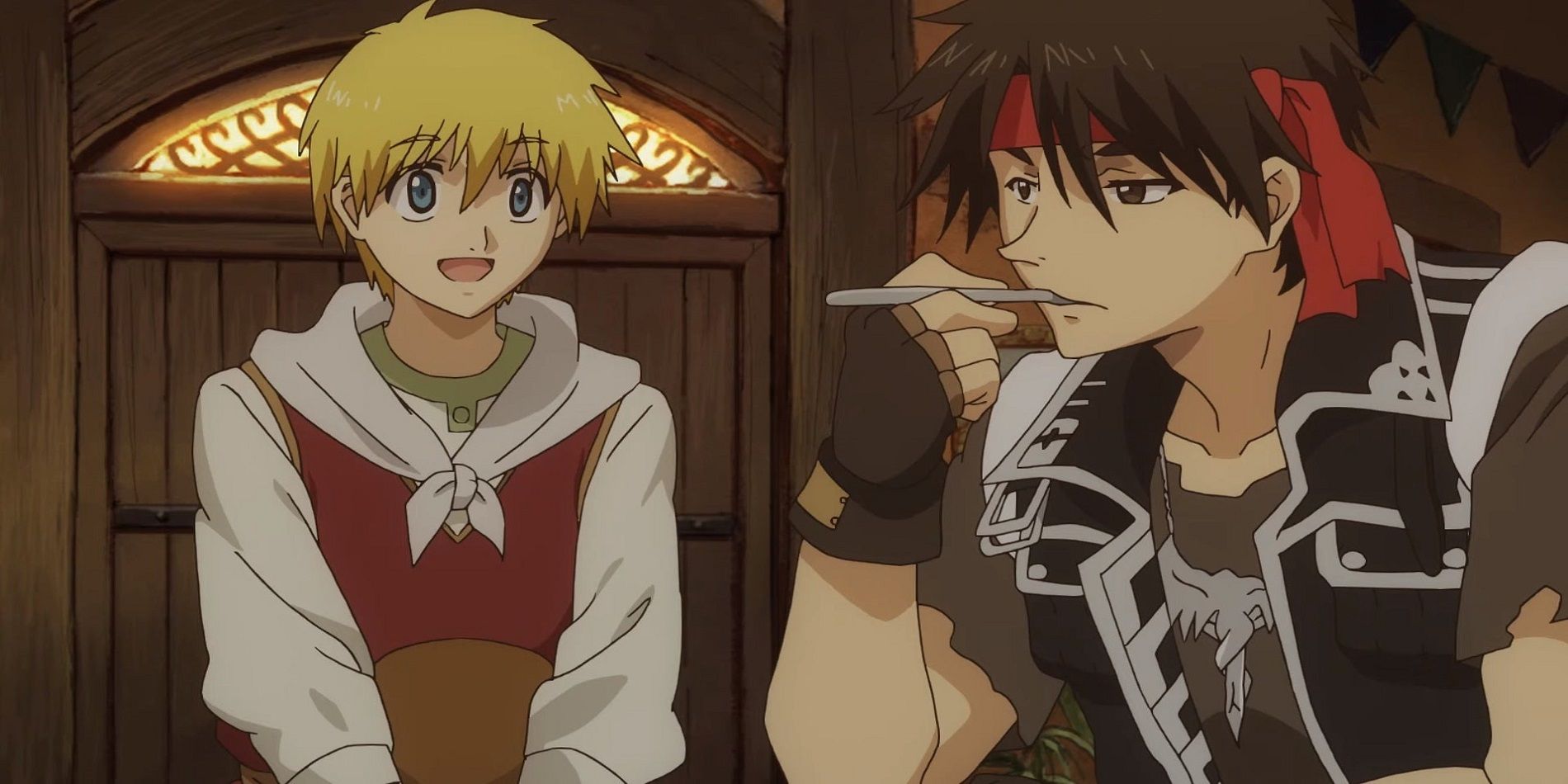

Though the series’ sudden release threatened to bury it, its high energy helped it stand out amidst a packed winter season. It’s artful in its goofiness as well, with strange and subjective use of split-screen interpolated amongst soft, painterly backgrounds, courtesy of art director Kazuhiro Obata and background artist Yasutada Katou. That nostalgia is extremely deliberate-those with a keen eye will spot visual references to his past works and series. That wall-to-wall silliness won’t work for everyone, but its bizarre digressions are constantly amusing, and Vlad Love makes for a kinetic return to the kind of playfully raunchy rom-com Oshii cut his teeth making.

The show is quirky and off-the-wall in a way that Oshii’s work hasn’t been since that time, with hyperactive scenes full of strange meta-gags and nonsequiturs (look out for a scene interrupted for nearly a half-minute with Wikipedia descriptions of a bomber jet). After contemplations on everything from our bodily relationship to technology to man’s impulse to destroy, the show plays like a low stakes and often extremely stupid return to his roots, recalling his years of work on Urusei Yatsura in the '80s. Still, Horimiya is more than worth watching simply for its visuals and character art, perfectly emphasizing moments of quiet intimacy, loneliness, and self-doubt.Īfter decades of heady philosophical science-fiction and fantasy, Vlad Love represents something of a palette cleanser for the veteran director Mamoru Oshii.

It’s a shame that the last few episodes become somewhat lost after rushing through the romantic arc of Hori and Miyamura, and lean too far into quirks that become worrisome rather than cute. As a result, it feels like a more naturalistic, but no less touching approach to romance. But it’s salvaged by its elliptical approach to storytelling, viewing Miyamura and Hori's burgeoning relationship as a collection of different moments rather than a will they/won't they courtship. It's a double-edged sword, as its breakneck pacing (the director has only a single season to work with) can feel disorientating. Though the manga on which the anime is based has been running for years, Horimiya wastes no time in building the romantic overtures between the two, focusing on the emotional consequences of their relationship rather than merely the step-by-step buildup. This all changes in a chance encounter with his popular classmate Kyoko Hori outside of school, where both discover that their first impressions of each other couldn’t have been more wrong. An isolated and intense young man, Izumi Miyamura doesn’t grab much positive attention from his high school classmates, nor does he try to.


 0 kommentar(er)
0 kommentar(er)
